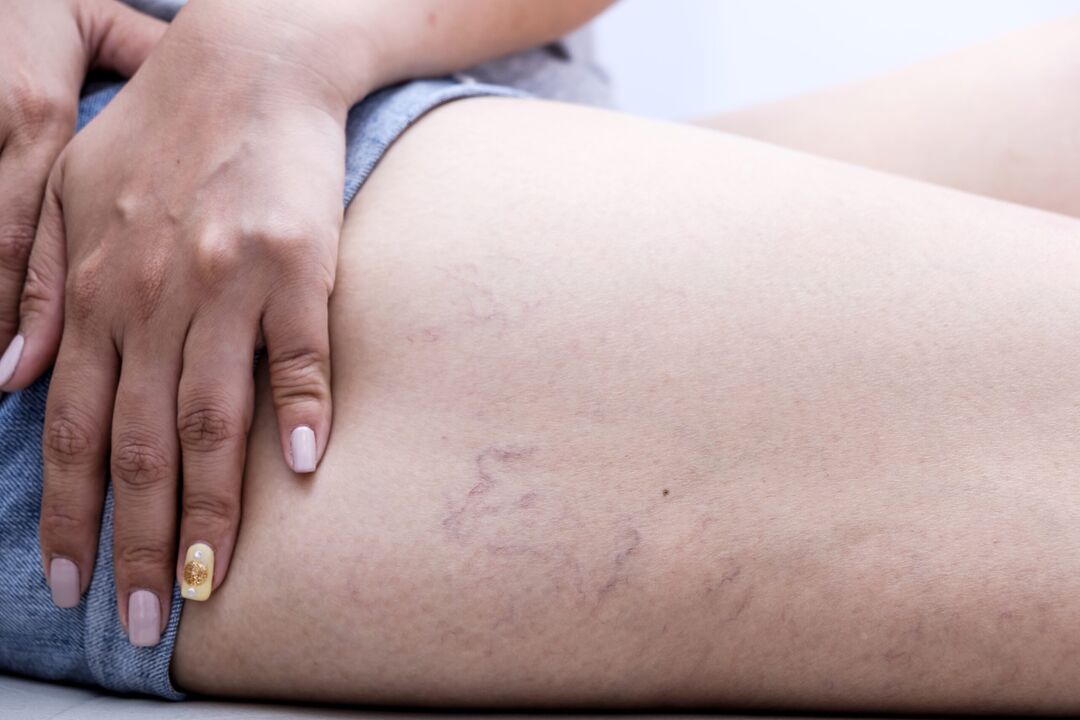
Science deals with the treatment of all vascular diseases.phlebology. Problems withglassesin one person it began a long time ago, perhaps even when it was first in twolegs. Excessive physical stress on the lower extremities leads tovaricose veinsinfeetIn women, the treatment of this disease falls onbackdoctors—phlebologists. They successfully identifyvaricose veinsand carry out complex methods of its treatment. Combined with modernsurgeryand minimally invasive technologies, laserphlebologyANDphysiotherapyTreatment of varicose veins has a positive result.
What are varicose veins?
Wordvaricose veinsIt comes from the Latin "varicis" and means swelling. With varicose veins, the outflow is disturbed.blood,veinsexpand, leading to stagnation infeet. varicose veinsveinsWomen (20%) are affected more frequently than men (10%).
Causes of varicose veins in the legs in women.
The causes of this disease are several unfavorable factors:
- increases intense physical activitypressureVveins;
- weakness of the venous wall;
- monotonous sitting or standing work;
- uncomfortable, tight clothing or shoes;
- overweight;
- the pregnancyeitherBirth;
- of smoking;
- hereditary factors;
- lesions and tumors.
Varicose veins occur.veinsdue to damage to the venous valve, which delays outflowblood, preventing him from advancing towardsheart. As a result, there may beswelling, blood clots and, in severe cases,ulcers.
Stages of varicose veins
There are two stages of varicose veins. Primary expansionveinsIt occurs in 20-40% of the population of developed countries. It is caused by insufficient force. glasseswhat happens whenthe pregnancy, physical overload or duringobesity.
Secondary expansionveinsIt usually occurs as a result of inheritance, injury or tumor. There is a violation of venous flow when the valve does not do its job, as a result of which the oxygen supply decreases. Appeartrophic ulcers.
The first signs of varicose veins
- burning in the lower extremities;
- night cramps;
- darkening and swellingveins;
- the appearance of ulcerative formations.
Treatment of varicose veins in the legs.
At the slightest suspicion ofvaricose veinscontact your surgeon immediatelyphlebologist.TreatIt is important to treat varicose veins in a timely manner and avoid chronic forms.
TherapyThis disease requires an integrated approach. Regardless of the severity of the disease, it is very important to take during the illness: vitamins (C and E), minerals (zinc, silicon), amino acids (taurine, lysine), enzymes (pancreatin or mezim), probiotics, always fiber and plants medicinal: horse chestnut, ginger, cranberries, cayenne pepper, hop cones, lilac leaves, colanchoe juice.
Other treatment methods include surgery, minimally invasive devices, laser treatment, andphysiotherapyapplied after observations and recommendationsdoctor.
Prevention of varicose veins in the legs.
Preventive measures will help avoid varicose veins:
- lead a correct and healthy lifestyle and diet, move more and play sports;
- do not take too hot baths, do not visit saunas and spend less time in the sun;
- lose weight, avoid constipation;
- do not wear uncomfortable clothes or shoes;
- Don't cross your legs;
- distribute the load evenly, do not stay in one position for a long time;
- move your feet and toes for 3 to 5 minutes in the morning and evening;
- take cold bathslegs, walking through the dew.
Any disease can be prevented, but not all can be cured. So, treat your body with love and stay healthy!


















